The Regency Era, spanning from the late 18th to the early 19th century, was a defining period for Cheltenham.
Continue reading

The Regency Era, spanning from the late 18th to the early 19th century, was a defining period for Cheltenham.
Continue reading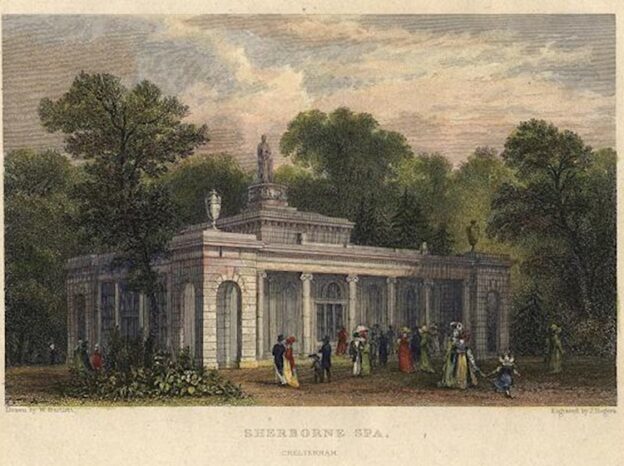
Learn about the discovery of the Spa Waters at Cheltenham, and the impact it had, in my short article.
Continue reading
Second in my short articles on the history of Cheltenham. Learn about Cheltenham in the Medieval Period.
Continue reading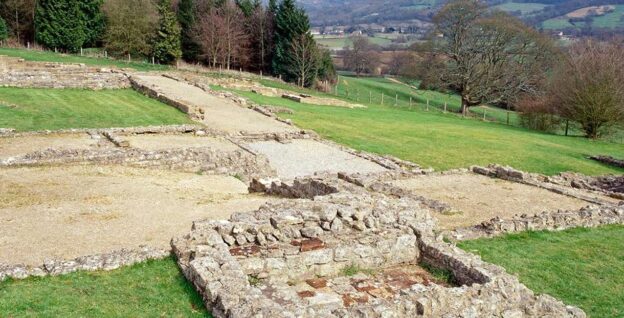
Cheltenham in prehistoric and ancient times.
Continue readingDrawing from David F. D’Alessandro’s trilogy, this article distills core principles for branding and leadership. Discover insights that offer a roadmap to strategic growth in both personal and corporate realms.
Continue reading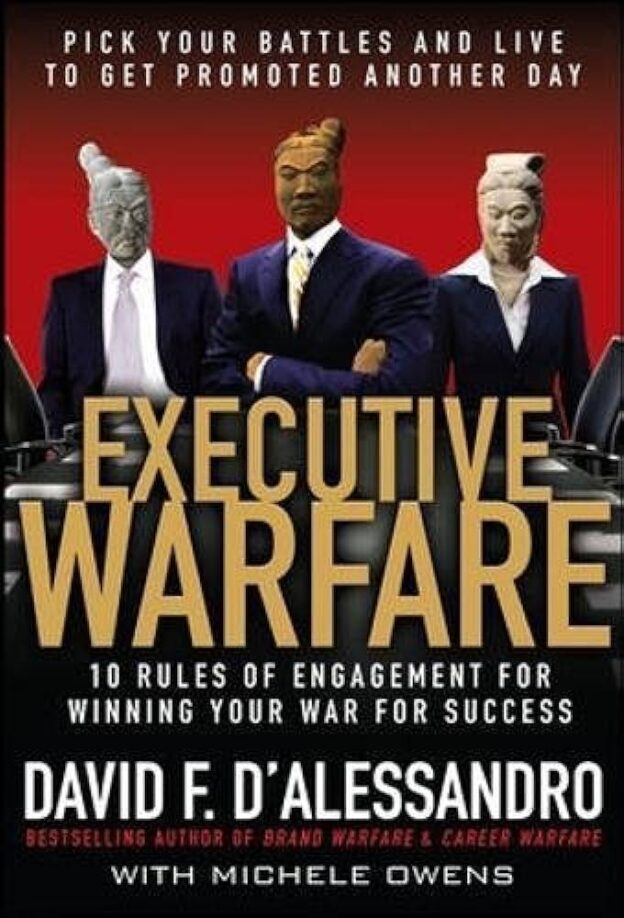
“Executive Warfare: 10 Rules of Engagement for Winning Your War for Success” is yet another book in David F. D’Alessandro’s series focusing on strategies for success in the corporate world. Here’s a brief Synopsis and Critical Analysis.
Continue reading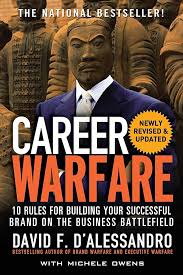
“Career Warfare: 10 Rules for Building a Successful Personal Brand and Fighting to Keep It” is another insightful book by David F. D’Alessandro, building on the brand theme, but this time focusing on personal branding in the context of one’s career. Here’s a synopsis and Critical Analysis.
Continue reading
“Brand Warfare: 10 Rules for Building the Killer Brand” is a book by David F. D’Alessandro with Michele Owens. It provides insights into the world of branding, drawing on D’Alessandro’s experiences as a top executive at John Hancock Financial Services. Here’s a brief Synopsis and Critical Analysis.
Continue readingAntonio Bellucci (1654-1726) was an Italian painter, known primarily for his work during the Baroque period. Here’s a concise overview of his life and contributions to the art world.
Continue readingWitley Court Church, also known as the Church of St. Michael and All Angels, shares a deep connection with Witley Court itself. While the church stands beside the grand ruins of Witley Court, it remains intact and is an architectural gem. Here’s a history of the Witley Court Church.
Continue readingWitley Court in Worcestershire, England, has a rich history that spans centuries. While I will attempt to cover its history in detail, remember that the actual depth of its history could span entire books. Here’s a short overview.
Continue reading“Never Split the Difference” is a book written by Chris Voss, who is a former FBI hostage negotiator. The book outlines negotiation techniques that Voss learned during his career, especially from his experience negotiating with terrorists, bank robbers, and kidnappers. Here’s a brief synopsis followed by a critical analysis. Enjoy.
Continue readingComparing “Warlock” by Oakley Hall and “Blood Meridian” by Cormac McCarthy sheds light on how both novels reshape and redefine the Western genre. Let’s embark on a comparative analysis that argues that “Blood Meridian” delivers against the promise hinted at by “Warlock” in terms of exploring the darker aspects of the Western genre:
Continue reading“Warlock” by Oakley Hall, published in 1958, is a Western novel that delves deeply into the psychology and morality of its characters, while simultaneously offering a revisionist perspective on the traditional Western narrative. Here’s a brief critical analysis:
Continue readingBlood Meridian, or the Evening Redness in the West” is a 1985 novel by American author Cormac McCarthy. It is often considered one of his most challenging and accomplished works. Here’s a brief critical analysis of the novel…
Continue readingJoin me in an exploration of the life, works, and themes of Fritz Leiber…
Continue readingThe latest article by Siva Vaidhyanathan, “Elon Musk is a lesson in the dangers of unchecked corporate leaders”, recently published in The Guardian, seems to show similar flaws to his previous article, already two months old, about the imminent collapse of X/Twitter and the danger of Elon Musk. He uses his previous article as “evidence” in his latest piece, despite flaws in both. Join me in an exploration and critical analysis of this new article.
Continue readingThe article “Twitter was locked in a chaotic doom loop. Now it’s on the verge of collapse” by Siva Vaidhyanathan is, according to The Guardian, “already” two months old. It ascertains that X/Twitter’s financial/technical/moral collapse is “just around the corner” but this does not seem to be happening any time soon. Join me in an exploration and critical analysis of the article.
Continue reading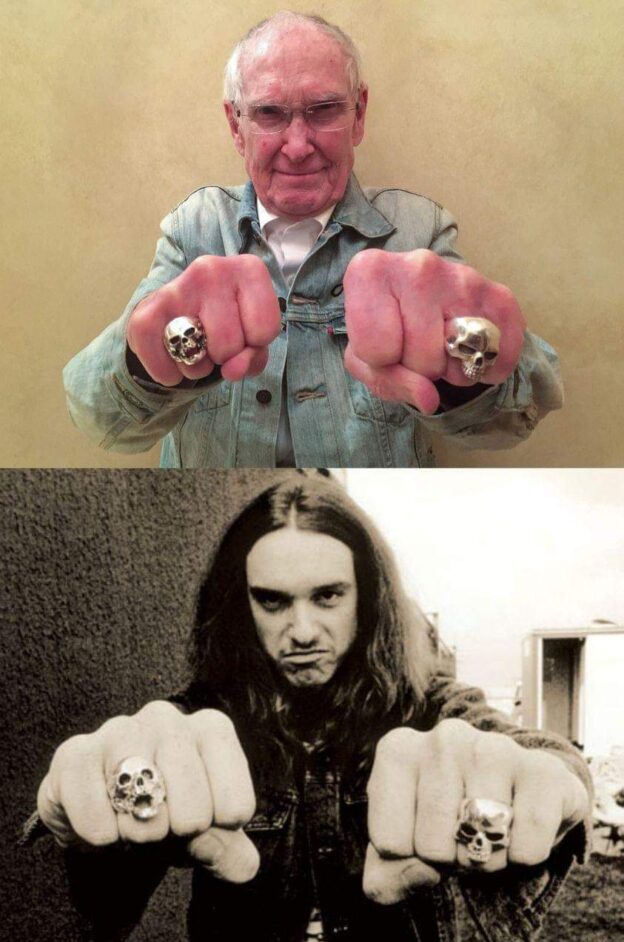
Metallica stands as one of the most influential bands in heavy metal history. From their thrash roots to their mainstream hits and experimental ventures, the band’s journey is filled with highs, lows, and highlights the indelible mark left by its members, especially the enigmatic genius, Cliff Burton.
Continue reading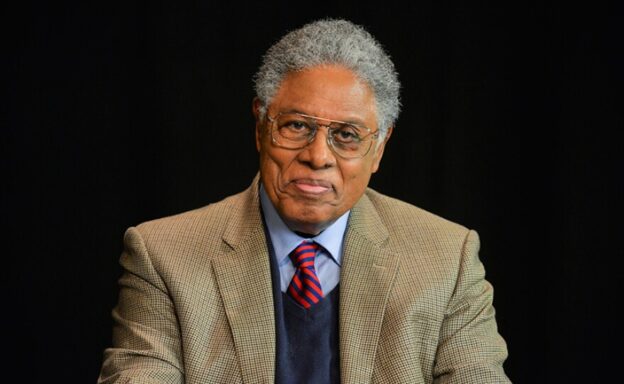
Thomas Sowell, a renowned economist and author, has consistently been a voice in debates surrounding race, economics, and politics for over five decades. While many characterize his perspectives as conservative, it’s crucial to delve deeper and discern the essence of his arguments: a rigorous reliance on empirical evidence.
Continue reading